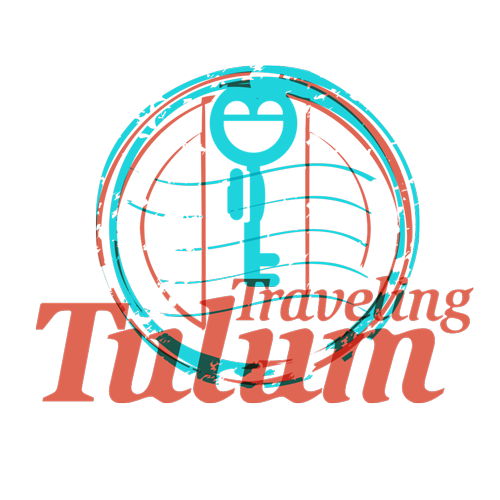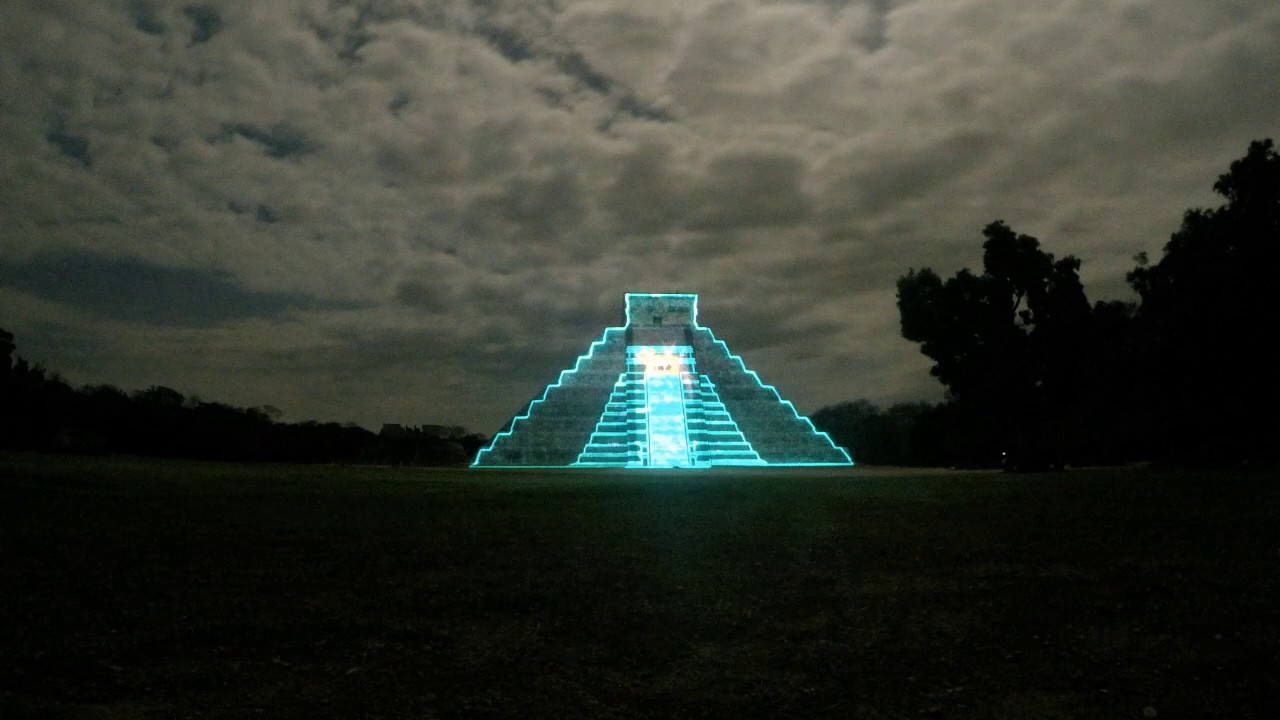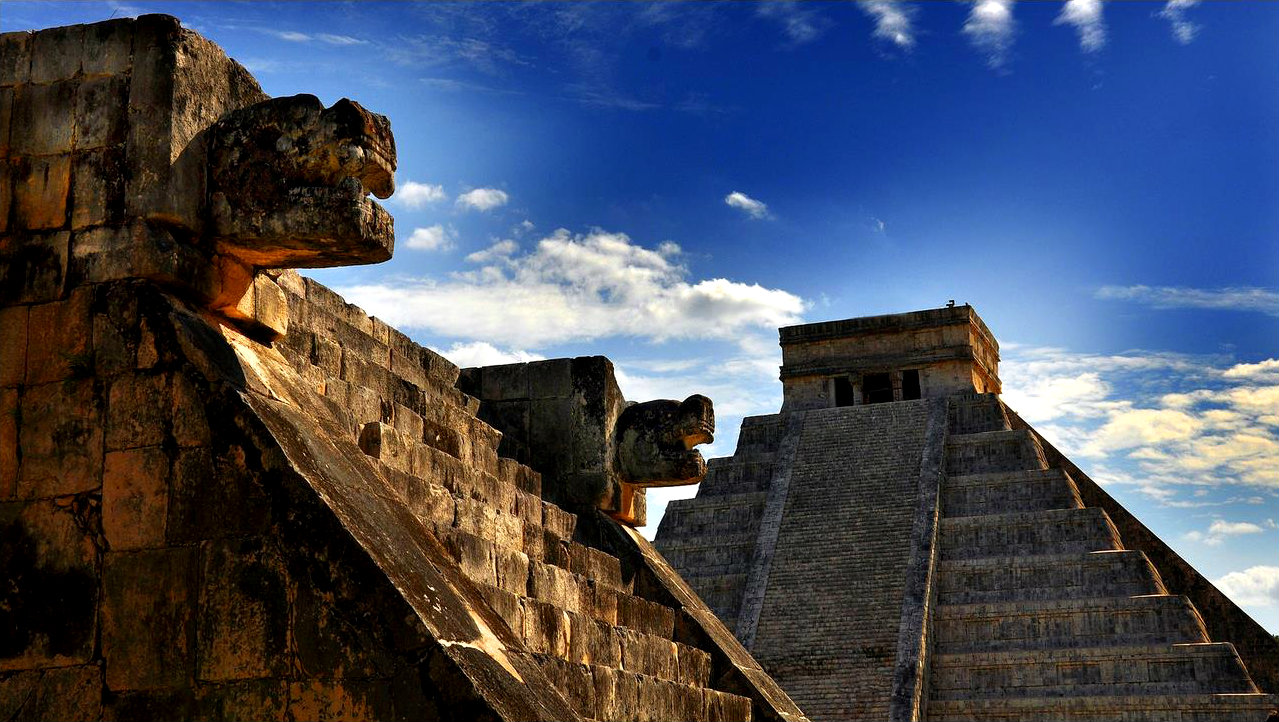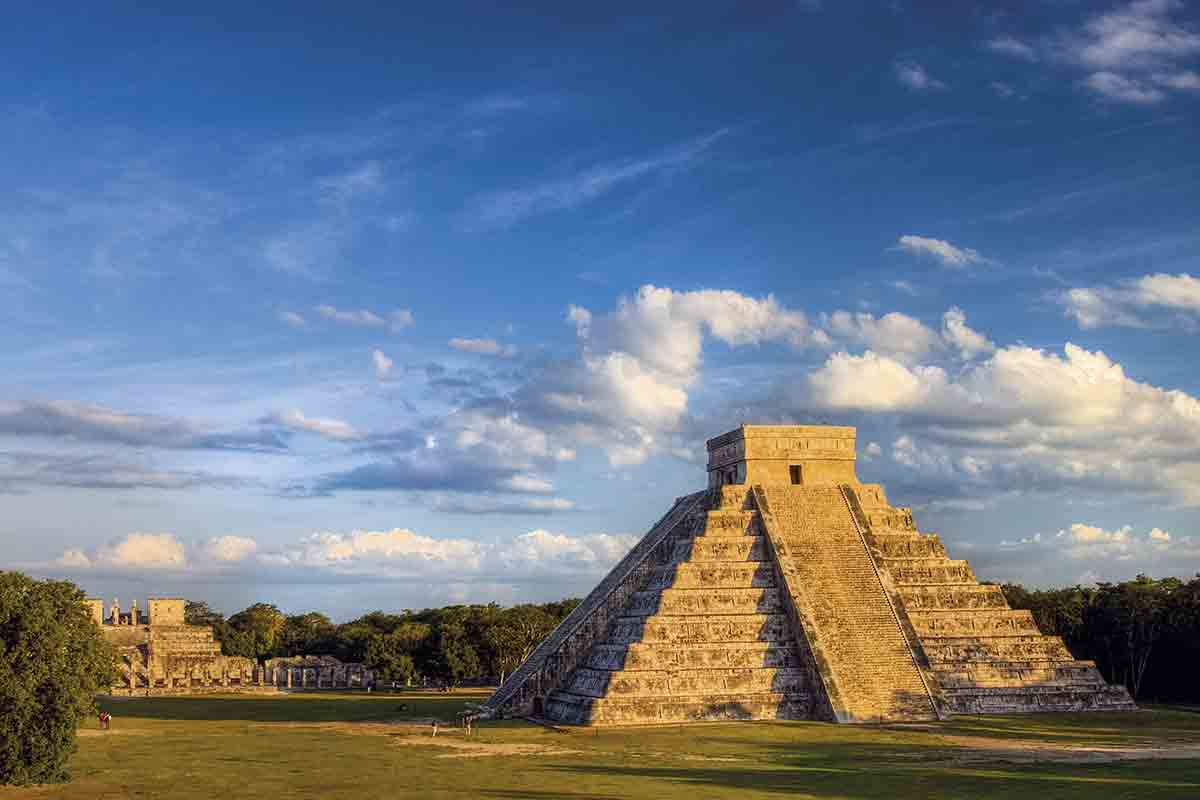Tulum’s archaeological site is a must-see for anyone visiting the Riviera Maya. The ancient Mayan ruins are perched on a cliff, offering a breathtaking view of the Caribbean’s turquoise waters. The site is the only major Mayan settlement located right on the ocean, and its grayish-tan buildings stand out against a backdrop of palm trees and a stunning beach.
The Tulum archaeological site opens at 8:30 am and closes at 4:30 pm. Visitors can park their car in the lot for $100 pesos per day and pay a $98 pesos entrance fee to explore the ruins. For an additional $25 pesos, you can take a 1 km walk by the train. You can also hire a guide for a more detailed experience, which typically costs between $700 and $1200 pesos.
To make the most of your visit, it’s best to arrive early, between 8:30 am and 11 am, when the sun is not too high and the temperatures are still mild. As there is little shade within the site, bring water, sunscreen, a hat, and sunglasses.
Once you’ve finished exploring the ruins, we recommend walking to Playa Paraiso, one of Tulum’s most beautiful spots. Located within walking distance of the archaeological site, Playa Paraiso is the perfect place to relax and take in the beauty of the Caribbean Sea.
Muyil is a small and peaceful archaeological site located about 20 minutes south of Tulum. The ruins are situated right off the main highway and are easily accessible by car or taxi. Muyil was once an important trading port in the ancient Maya world, and its architecture reflects influences from both the Maya and the nearby city of Teotihuacan.
One of the unique features of Muyil is its proximity to the Sian Ka’an Biosphere Reserve, a stunning protected area that includes wetlands, lagoons, and a portion of the Mesoamerican Barrier Reef. Visitors can explore the ruins and then take a short hike through the jungle to reach the tranquil Muyil Lagoon. From there, you can take a guided boat tour of the ancient Mayan canal system, which dates back over a thousand years.
In addition to the ruins and the lagoon, Muyil also offers several hiking trails that wind through the surrounding forest. These trails are a great way to experience the natural beauty of the Yucatan Peninsula and learn more about the flora and fauna of the region. Whether you’re a history buff or a nature lover, Muyil is definitely worth a visit.
There are different ways to get to Chichén Itzá from Tulum, but the most common one is by car. It takes about 2 hours and 30 minutes to get there. You can rent a car or hire a private tour, which usually includes a guide and a stop at the cenote Ik Kil, a beautiful swimming hole.
Another option is to take a bus from Tulum to Valladolid, a colonial city located 45 minutes away from Chichén Itzá. From there, you can take a taxi or a colectivo to the archaeological site. This is a more affordable way to get there, but it can take longer.
Chichén Itzá is a must-see attraction for anyone interested in Mayan culture and history. The most famous building is El Castillo, a pyramid that stands 30 meters tall and has 91 steps on each of its four sides. The temple at the top is dedicated to Kukulcán, the feathered serpent god.
Other notable buildings include the Temple of the Warriors, the Group of the Thousand Columns, and the Great Ballcourt, where a ceremonial ballgame was played. The site also features a cenote, known as the Sacred Cenote, which was a place of sacrifice for the Mayans.
Coba is a fascinating archaeological site located about 44 km northwest of Tulum. It was once a major city of the Mayan civilization and is believed to have had a population of around 50,000 inhabitants at its peak. The ruins at Coba are spread over an area of approximately 80 square kilometers, and many structures are still waiting to be excavated.
The most impressive structure at Coba is the Nohoch Mul pyramid, which stands at 42 meters tall, making it one of the tallest Mayan pyramids in the Yucatan Peninsula. Climbing to the top of the pyramid is a challenging and rewarding experience, as it provides stunning panoramic views of the surrounding jungle.
Coba also features a network of well-preserved sacbeob, or white roads, which connected the city to other Mayan settlements in the region. Walking or biking along these roads is a unique and immersive way to explore the site.
When visiting Coba, it’s important to bring plenty of water and wear comfortable shoes, as the site is quite extensive and can involve a lot of walking. There are also a number of cenotes located nearby, such as Tamcach-Ha and Multum-Ha, which offer refreshing swimming opportunities after a hot day of exploring the ruins.
Leave a Reply
Do you have some comments or questions for us? We’d love to hear from you! Don’t be shy! Feel free to drop us a message!








